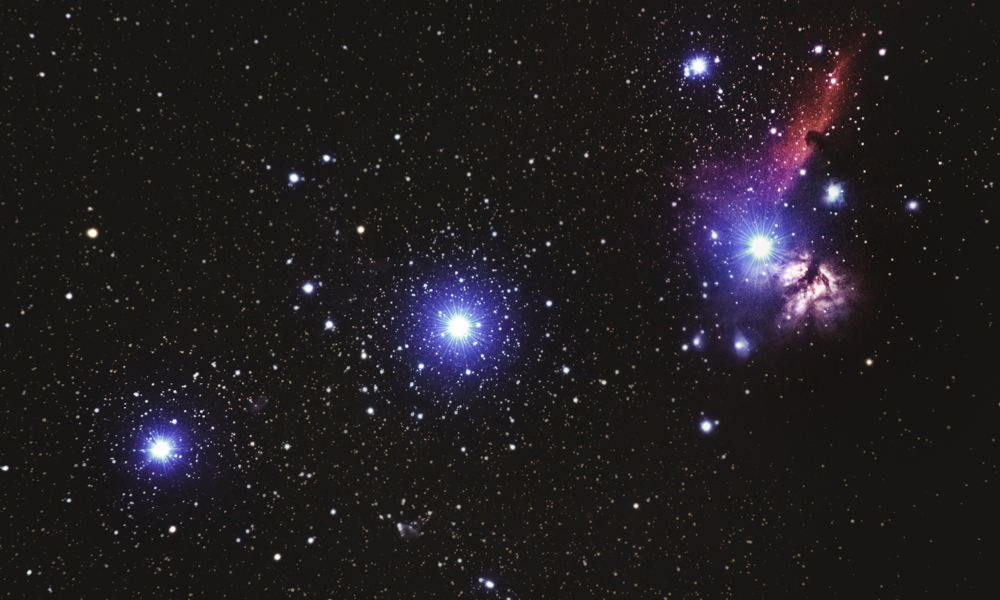
ESA Open Invitation To Tender AO8625
Open Date: 27/06/2016
Closing Date: 09/09/2016 13:00:00
Status: ISSUED
Reference Nr.: 16.129.09
Prog. Ref.: TRP
Budget Ref.: E/0901-01 – TRP
Special Prov.: BE+DK+FR+DE+IT+NL+ES+SE+CH+GB+IE+AT+NO+FI+PT+GR+LU+CZ+RO+PL+EE+HU
Tender Type: C
Price Range: > 500 KEURO
Products: Satellites & Probes / On-board Data Management / On Board Data Management / Other
Technology Domains: Automation, Telepresence & Robotics / Automation & Robotics Components and Technologies / Control, Autonomy and Intelligence
Establishment: ESTEC
Directorate: Directorate of Technical & Quality Management
Department: Mechanical Engineering Department
Division: Mechatronics and Optics Division
Contract Officer: van Hilten, Linda
Industrial Policy Measure: N/A – Not apply
Last Update Date: 27/06/2016
Update Reason: Tender issue
The activity shall address the definition, design coding, verification and validation of the mission vehicle management (MVM) software for the Active Debris Removal (ADR) mission. The activity shall comprise the control and management of the spacecraft in combination with the control and management of a robot arm used to grasp, stabilise and hold the target with the aim perform the controlled de-orbit The focus shall be in:- the increase of the compliance to the mission operational and technological constraints- the achievement of high levels of Reliability Availability and Safety of the control software The MVM shall be responsible for:- the control of the complete robotic spacecraft alone up to grasping, and the compound (i.e. robotic servicer + debris) in the following phases of ADR.- the selection and switching of control modes- the Failure Detection, Isolation and Recovery (FDIR).- the operation anomaly detection. The following tasks shall be performed:- Consolidation of functional, operational, performance and environment requirements for the ADR mission taking into account the mission objectives and constraints.- Definition of the control architecture, including sensor suite trade-off. This architecture shall also comprise the design of the use and operational modes- Detailed definition and analysis of the control algorithms- Implementation of a Model In the Loop (MIL) simulator with the complete control system architecture- Validation of the simulator and performance tests.- Implementation of a Processor In the Loop (PIL) test bench consisting on the assembly of the modified MIL with a flight representative processing hardware.- Verification and validation with the PIL with all sensors emulated or with representative model units procured for this testing- Implementation of two Hardware In the Loop (HIL) test benches consisting on the assembly of the PIL and a suitable robot arm on 1) air-bearing proximity test bed 2) dual-robot proximity test bed- verification and validation with the HIL.
If you wish to access the documents related to the Invitation to Tender, you have to log in to the ESA Portal.
